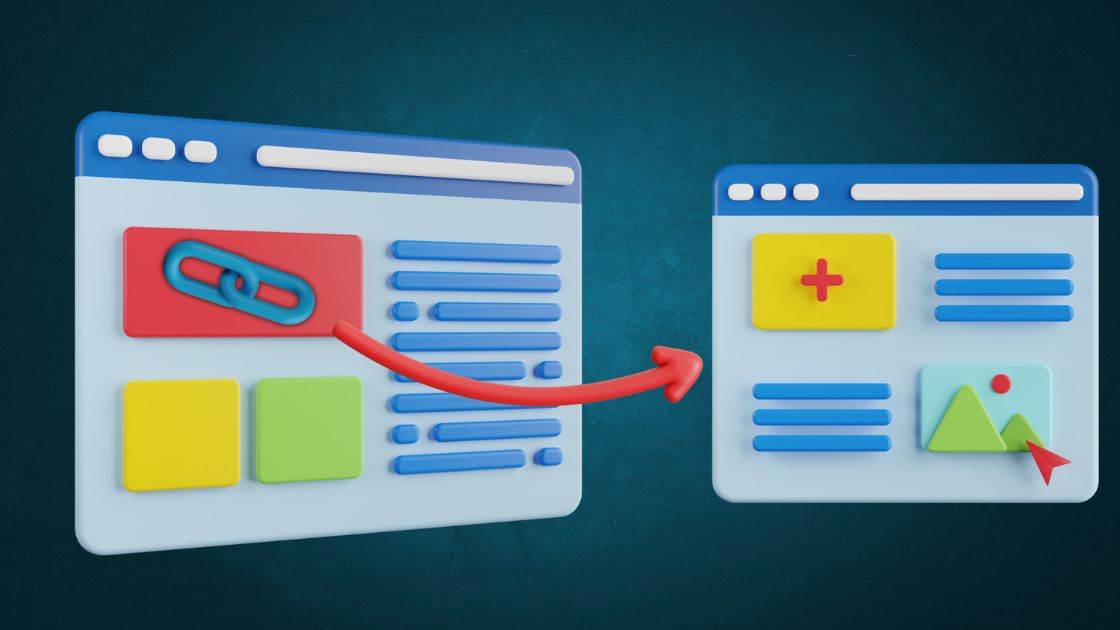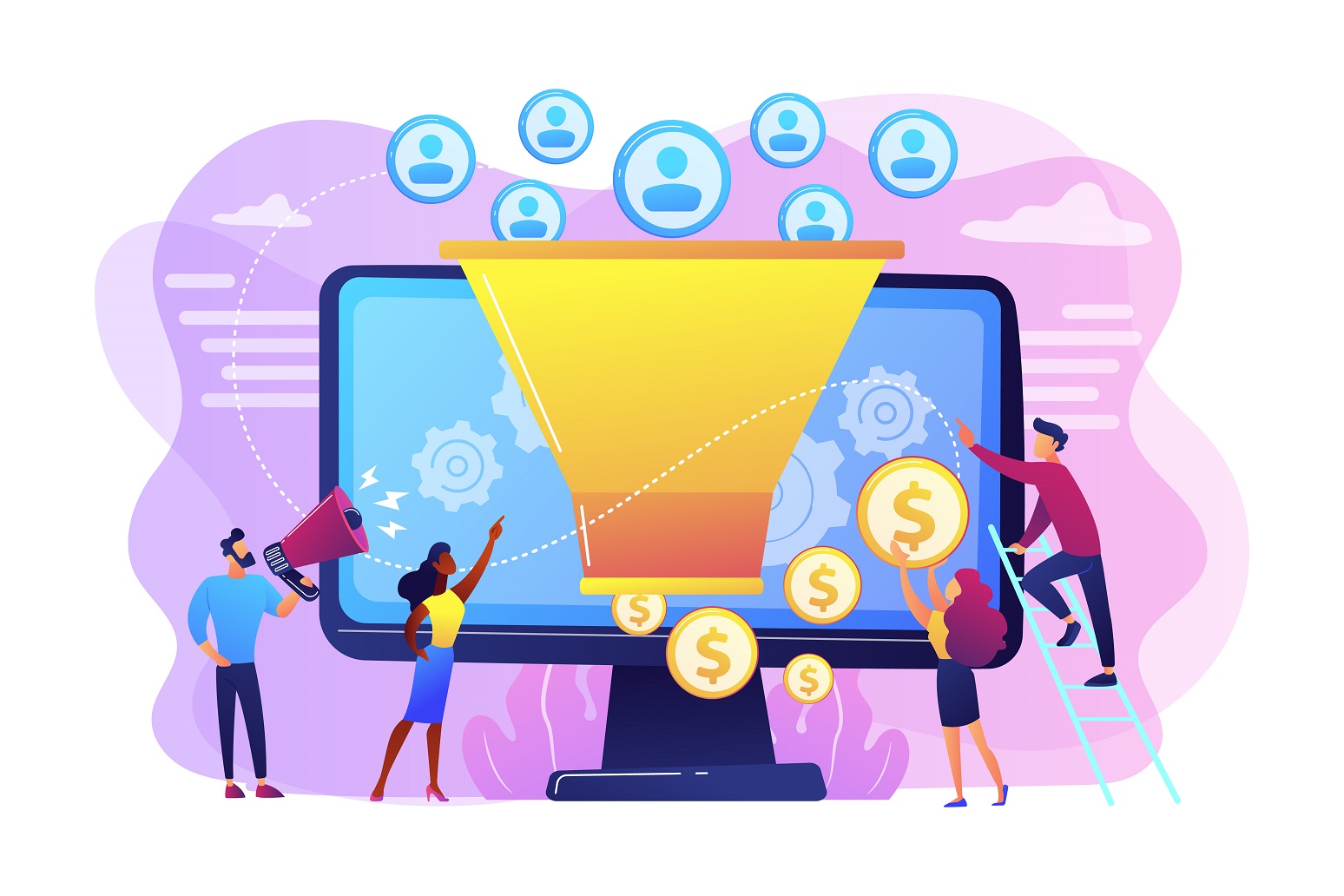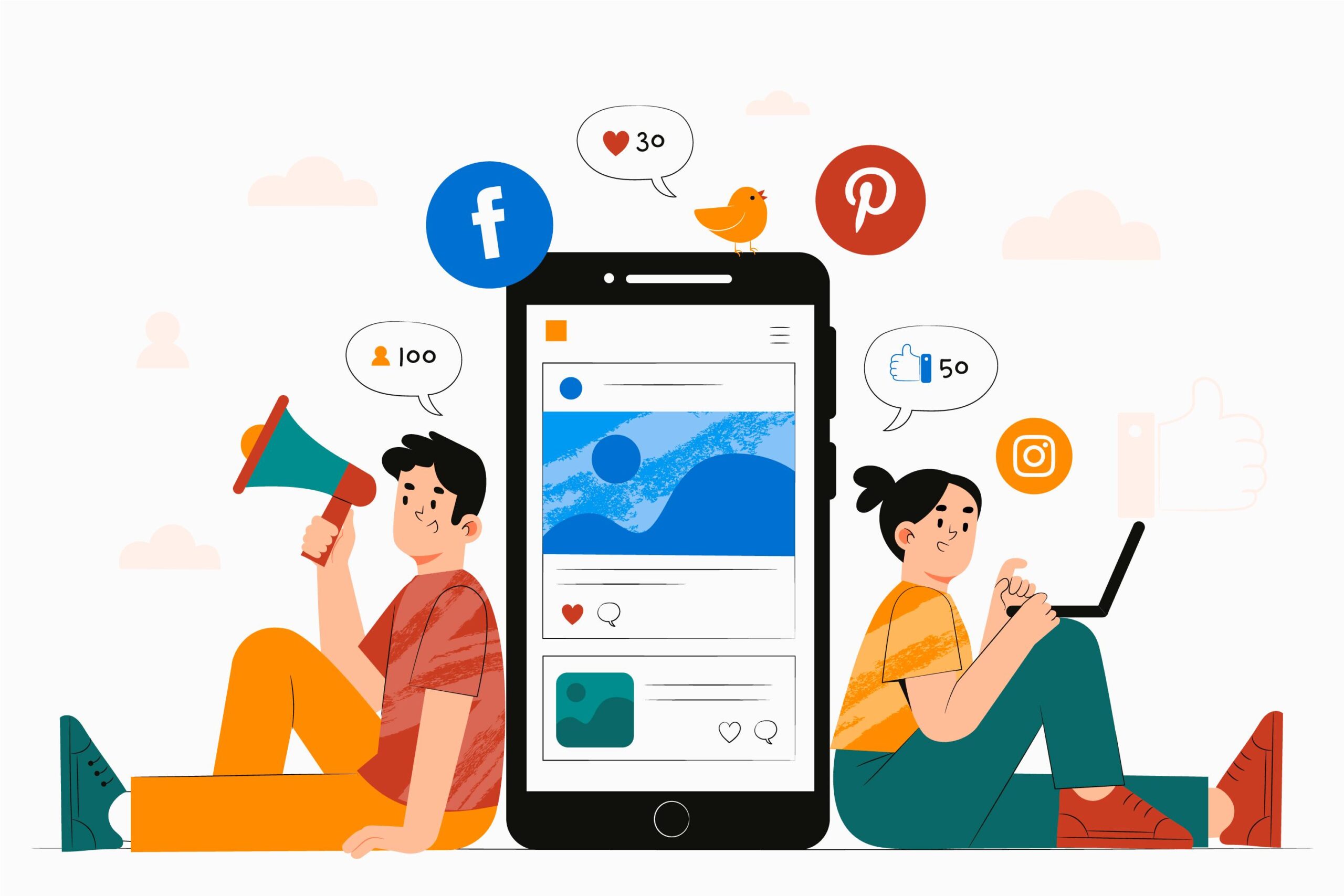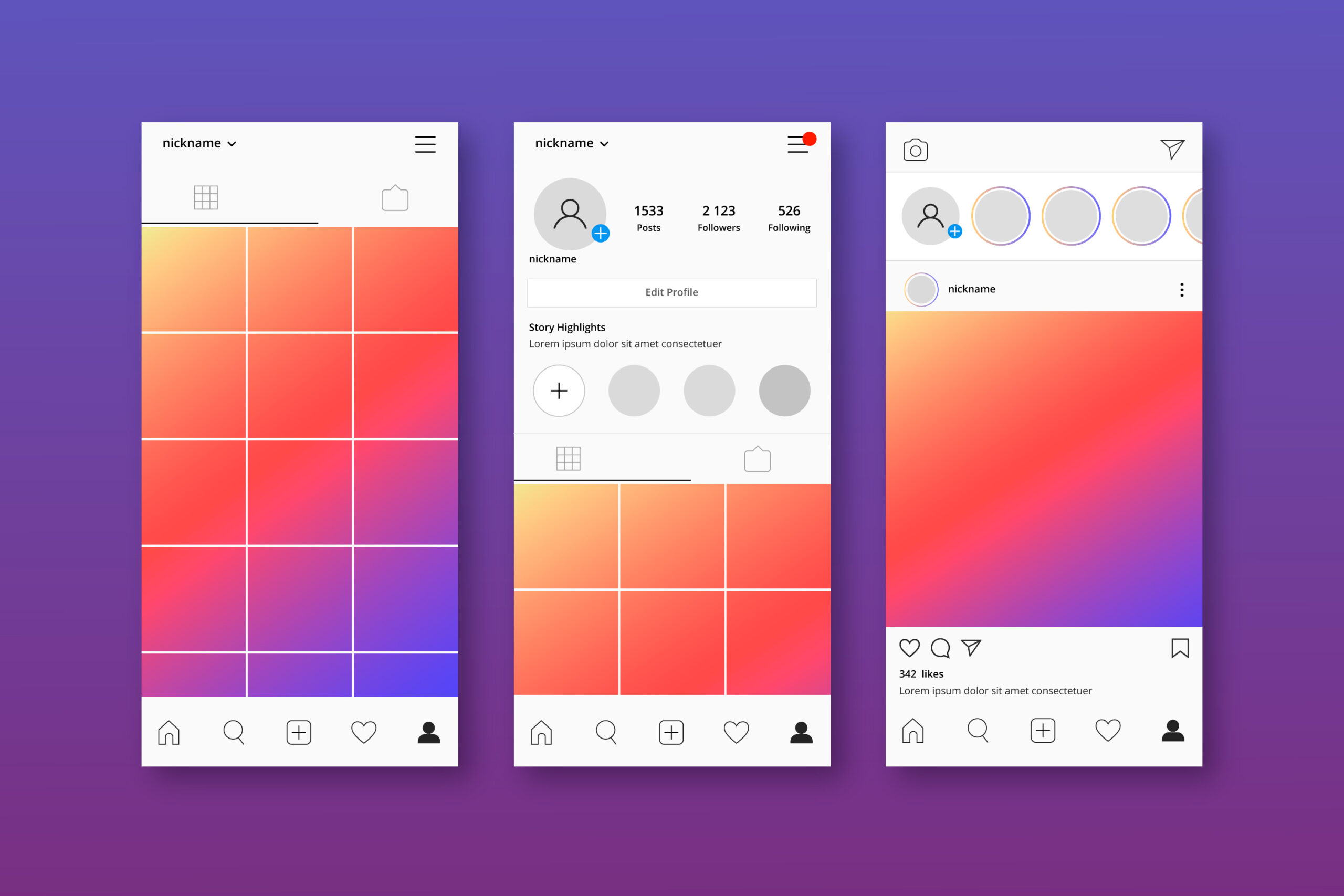Table of Contents
- What Is Performance Marketing?
- How Performance Marketing Works
- Top Performance Marketing Channels
- Benefits of Performance Marketing
So often, we use digital marketing as a ubiquitous term. In reality, there are many types of digital marketing, and the channels and capabilities of each type are growing every day.
One overlooked digital marketing strategy is performance marketing. With performance marketing, advertisers only pay when specific actions occur. For example, when a viewer clicks through to their page or makes a purchase.
In this article, we’ll take a deep dive into performance marketing: how it works, why you should use it, and what channels offer the most bang for your buck.
What Is Performance Marketing?
Performance marketing is a digital marketing strategy that’s driven by results. It’s ideal for companies that are looking to reach their audience at scale, because payment is based on how users interact with the content.
OR,
Performance marketing refers to a form of digital marketing in which brands only pay marketing service providers after their business objectives have been met or when specific actions have been taken, such as a click, sale, or lead. In other words, it is performance-based marketing. Performance marketing works when advertisers connect with either agencies or publishers to design and place advertisements for their company on any number of performance marketing channels — social media, search engines, videos, embedded web content, and more. Instead of paying for an advertisement in the traditional way, these advertisers pay based on how well their ad performs, by measuring number of clicks, impressions, shares, or sales.
How Performance Marketing Works
Advertisers put their ads on a given channel (see more on top performance marketing channels below), and then pay based on how that ad performs. There are a few different ways to pay when it comes to performance marketing:
1. Cost Per Click (CPC)
Advertisers pay based on the number of times their ad is clicked on. This is a good way to drive traffic to your site.
2. Cost Per Impression (CPM)
Impressions are essentially views of your ad. With CPM, you pay for every thousand views (so if 25,000 people view your ad, for example, you’d pay your base rate times 25).
3. Cost Per Sales (CPS)
With CPS, you only pay when you make a sale that was driven by an ad. This system is also commonly used in affiliate marketing.
4. Cost Per Leads (CPL)
Much like cost per sale, with CPL you pay when someone signs up for something, like an email newsletter or webinar. CPL generates leads, so you can follow up with customers and drive sales.
5. Cost Per Acquisition (CPA)
Cost per acquisition is similar to CPL and CPS but is more general. With this structure, advertisers pay when consumers complete a specific action (which could include making a sale, sharing their contact information, visiting your blog, etc.).
TOP Performance marketing Channel
1. Native Advertising
Native advertising blends seamlessly with the environment it’s appearing in by mimicking its design, content, and writing style.
In fact, successful native ads don’t look like ads. They often come in the form of suggested articles at the bottom of a news, content, or social site, or as in-feed ads on social media platforms. Given that native adverts feel less intrusive than other formats, users are more likely to engage with them: they get 53% more views than traditional banner ads (Sharethrough).
The native advertising sector is predicted to grow to $400 billion by 2025 (The Drum). Pricing can vary by demographics, niche, ad conversions, publisher, and partner network.
Typical pricing models:
- Cost Per Click (CPC)
- Cost Per Mille (CPM)
2. Partner/Affiliate Marketing
Partner marketing is one of the most cost-efficient performance marketing channels to boost mobile user growth and engagement. So, consider adding it to diversify your marketing mix and boost ROI.
In this performance marketing model, as an advertiser, you’d work with a partner network or program that serves as an intermediary between you and the publishers. The network offers you access to their publisher’s inventory.
As it’s a performance-based media buying model, you are not paying for clicks or views, but for tangible results in the form of target activities (e.g. downloading an app, buying an item using a specific link or coupon) performed by real users. Usually, the partner programs that do best have an established brand and online presence on several performance marketing channels, with an engaged audience. Partner marketing is especially appealing in specific verticals like gaming. That’s why advertisers generate 15 to 30% of their sales through partners .
The parties involved in this partnership are:
- Advertisers –The company that is looking to promote their products via Partners or Publishers channels and their inventory.
- Publishers – The party that is owning the inventory you want to use to advertise your products via adverts. Channels include coupon and cashback websites, product review sites, blogs, online publications – as well as mobile apps, influencers, and more.
- Third-Party Tracking Platforms: The platform plays an essential role in the advertiser and publisher relation, acting as an intermediary and keeping track of metrics. For example, they provide tools to analyze campaigns, ROAS, and manage payouts. By using advanced tech platforms like Swaarm, they can be more strategic and efficient with campaign optimization.
- Affiliate/Partner Networks, or OPMs (Outsourced Program Management Companies) – Third-party specialists who can assist your team with managing your campaigns when dealing with different traffic sources and inventory via multiple publishers.
Pricing models:
- Cost Per Lead (CPL)
- CPC
- Cost Per Install (CPI)
Learn more about “What is affiliate marketing? Here is your guide”
3. Social Media Marketing
As of Q1 2020, there are 2.6 billion monthly active users and 8 million active advertisers on Facebook, (Hubspot). It’s the primary content distribution channel for performance marketers today.
With billions of active social media users globally, look to platforms like Facebook, Twitter, Instagram, TikTok, LinkedIn, Reddit, or Pinterest to scale your campaigns and reach new users or just generate brand awareness for your product, service, or app.
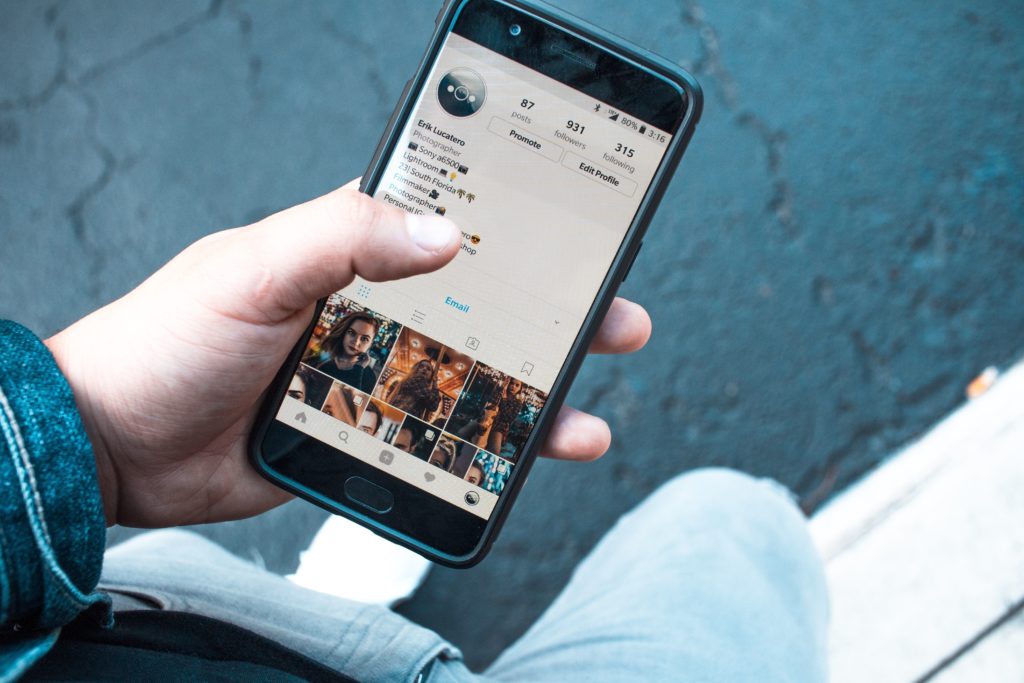
You can use various advertising formats like display adverts and video, specific to each channel (ie. TikTok videos are 15-60 seconds). Where you eventually concentrate your efforts depends on your target audience: Facebook and Instagram have the most diverse user base, while TikTok is largely adopted for gen Z users, although the demographic is maturing toward millennials.
Social media marketing goals are usually driven towards acquiring new users (customers) , gaining visibility, and converting users with metrics including impression likes, engagement, clicks, checkouts, shares, completed contact forms, and sales. CTR benchmarks and prices vary wildly per channel (Smart Insights).
Pricing models:
- CPC
- CPM
- Cost Per View (CPV)
- Cost Per Acquisition (CPA)
- Cost-per-like
4. Search Engine Marketing
With Search Engine Marketing (SEM) as a performance marketing channel, you are showing ads on search engines like Google, Bing, and Yahoo, built around specific search terms. When an online user searches for a term in their browser, your ad gets shown on top of their search results.
As an advertiser, you pay when a potential consumer clicks on the ad. You have the option of measuring your SEM yourself on a performance basis or hire a partnered specialist SEM company and pay out a commission based on campaign results.
Combining SEM with a solid Search Engine Optimization (SEO) strategy for your business helps to boost the Search Engine Results Pages (SERPs)’s algorithm, so you can rank higher and are more discoverable. These performance marketing campaigns are successfully employed in many cases by local businesses.
Typical pricing models:
- Pay Per Click (PPC)
- CPC
Benefits Of Performance Marketing
It’s trackable and measurable
In performance marketing, advertisers and marketers only pay for successful transactions. Each transaction is based on a consumer taking a defined action, such as making a purchase from the advertiser or signing up for a subscription. Instead of spending money to advertise your product via traditional media and not knowing if those ads generate sales, you will be able to track every click. Department store magnet John Wanamaker once said, “Half the money I spend on advertising is wasted; the trouble is I don’t know which half.” That is not the case with performance marketing. The trackability of performance marketing isn’t based on estimates. It’s based on actual results — meaning that a marketing program’s effectiveness is accurately determined, down to the mouse click.
Performance marketing extends your advertising reach.
You will essentially have an army of website publishers that will promote and market your brand, products and services. Many of these publishers have reach into very specific niche markets that you do not. You may find that sales are increased when your message is targeted to specific groups and vertical markets. For example, an affiliate could have a site targeting stay-at-home moms, giving your products exposure to their loyal users, and attracting sales in a market you might not consider.
It helps diversify your revenue stream.
Instead of simply relying on your existing sales channels you will have another method for generating revenue. This can be valuable in tough economic times – especially if sales begin to lag in other channels.
Affiliates add innovation and creativity to your marketing.
Affiliates are aggressive and very creative. Remember, the more traffic and sales they drive to your business, the more commissions they earn. So, they are willing to try new methods that your company may not have the time or resources to leverage. Affiliates are quick to jump on new trends such as using social media campaigns. They are also often more nimble and can launch a new campaign in just a matter or a day or two, whereas it might take your company weeks to coordinate the effort.



